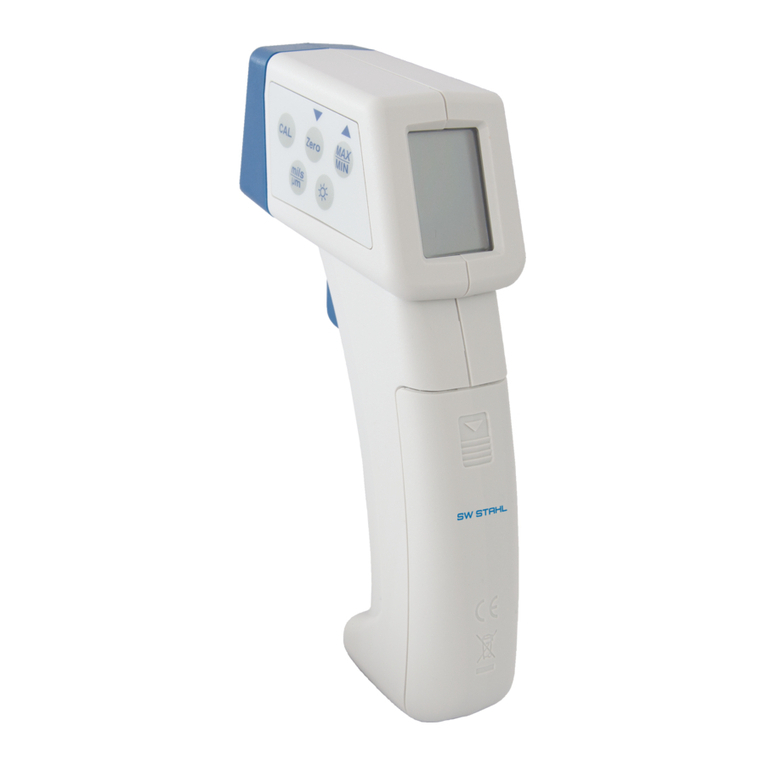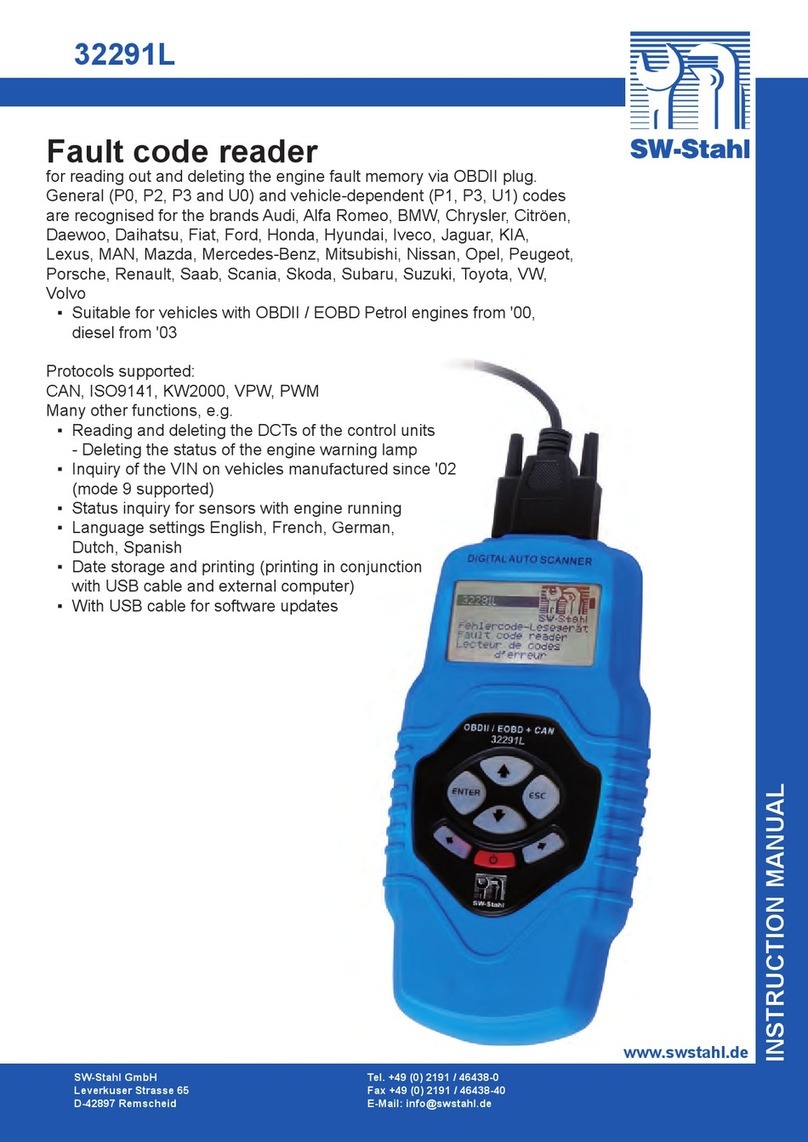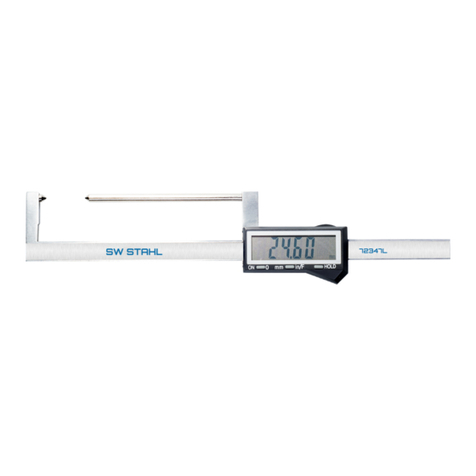
6
INFORMATIONEN FÜR PRIVATE HAUSHALTE
Das Elektro- und Elektronikgerätegesetz (ElektroG) enthält eine Vielzahl von
Anforderungen an den Umgang mit Elektro- und Elektronikgeräten.
Die wichtigsten sind hier zusammengestellt.
1. GETRENNTE ERFASSUNG VON ALTGERÄTEN:
Elektro- und Elektronikgeräte, die zu Abfall geworden sind, werden als Altgeräte bezeichnet. Besitzer
von Altgeräten haben diese einer vom unsortierten Siedlungsabfall getrennten Erfassung zuzuführen.
Altgeräte gehören insbesondere nicht in den Hausmüll, sondern in spezielle Sammel- und Rückgabe-
systeme.
2. BATTERIEN UND AKKUS SOWIE LAMPEN:
Besitzer von Altgeräten haben Altbatterien und Altakkumulatoren, die nicht vom Altgerät umschlos-
sen sind, sowie Lampen, die zerstörungsfrei aus dem Altgerät entnommen werden können, im Regelfall
vor der Abgabe an einer Erfassungsstelle vom Altgerät zu trennen. Dies gilt nicht, soweit Altgeräte
einer Vorbereitung zur Wiederverwendung unter Beteiligung eines öffentlich-rechtlichen Entsor-
gungsträgers zugeführt werden.
3. MÖGLICHKEITEN DER RÜCKGABE VON ALTGERÄTEN:
Besitzer von Altgeräten aus privaten Haushalten können diese bei den Sammelstellen der öffentlich-
rechtlichen Entsorgungsträger oder bei den von Herstellern oder Vertreibern im Sinne des ElektroG
eingerichteten Rücknahmestellen unentgeltlich abgeben.
4. BEDEUTUNG DES SYMBOLS „DURCHGESTRICHENE MÜLLTONNE“:
Das auf Elektro- und Elektronikgeräten abgebildete Symbol einer durchgestrichenen Mülltonne weist
darauf hin, dass das jeweilige Gerät am Ende seiner Lebensdauer getrennt vom unsortierten Sied-
lungsabfall zu erfassen ist.
FOLGENDE BATTERIEN BZW. AKKUMULATOREN SIND IN DIESEM ELEKTROGERÄT ENTHALTEN:
Batterietyp: 9V Block
Chemisches System: Alkali-Mangan
ANGABEN ZUR SICHEREN ENTNAHME DER BATTERIEN ODER DER AKKUMULATOREN:
• Warnhinweis: Vergewissern Sie sich, ob die Batterie ganz entleert ist.
• Entnehmen Sie vorsichtig die Batterie oder den Akkumulator.
• Die Batterie bzw. der Akkumulator und das Gerät können jetzt getrennt entsorgt werden.































